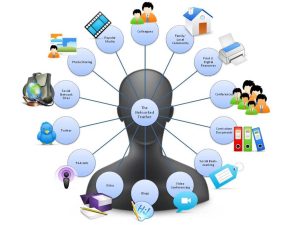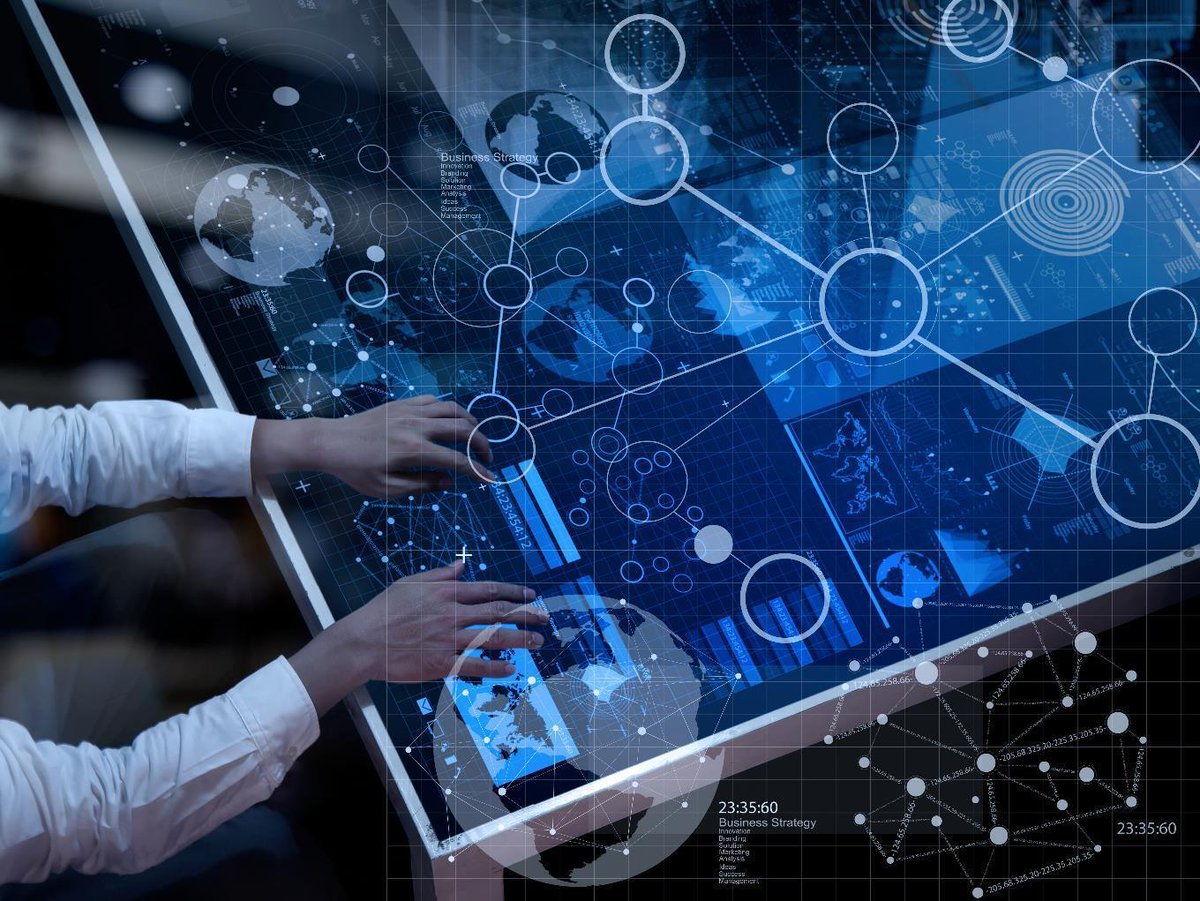In the 21st century, technology has profoundly reshaped the landscape of warfare. Modern military operations are increasingly dependent on advanced technological systems that enhance capabilities in intelligence, surveillance, reconnaissance, command, control, and communication. The integration of cutting-edge technology not only changes how wars are fought but also influences strategic and tactical decisions. This article delves into the pivotal role technology plays in modern warfare, analyzing its impact through various dimensions and comparing historical and contemporary warfare paradigms.
Technological Evolution in Warfare
Historical Context
Historically, the evolution of warfare has been closely linked to technological advancements. From the development of gunpowder to the invention of tanks and aircraft, each technological leap has significantly altered combat strategies and outcomes. The 20th century saw the introduction of nuclear weapons, which transformed geopolitical dynamics and deterrence strategies. However, the digital age has introduced a new dimension to warfare, emphasizing information and cyber capabilities.
Contemporary Developments

In recent decades, advancements in technology have revolutionized warfare. The proliferation of drones, cyber warfare, artificial intelligence (AI), and autonomous systems marks a significant shift from traditional combat methods. These technologies offer unprecedented capabilities for precision strikes, real-time data analysis, and reduced human risk in combat operations.
Key Technological Advancements in Modern Warfare
Unmanned Aerial Vehicles (UAVs)
Unmanned Aerial Vehicles, commonly known as drones, have become indispensable in modern military operations. UAVs provide extensive surveillance, reconnaissance, and precision strike capabilities without risking human lives. They are used for intelligence gathering, target acquisition, and even delivering lethal payloads. The use of drones has been particularly prominent in counter-terrorism operations, where precision and minimization of collateral damage are crucial.
Cyber Warfare
Cyber warfare represents a new frontier in modern conflicts. Nations and non-state actors increasingly engage in cyber operations to disrupt critical infrastructure, steal sensitive information, and undermine adversaries’ capabilities. Cyberattacks can target communication networks, power grids, and financial systems, causing significant disruption without traditional military engagement. The rise of cyber warfare necessitates robust cyber defense mechanisms and highlights the importance of securing digital infrastructure.
Artificial Intelligence and Machine Learning
Artificial Intelligence (AI) and Machine Learning (ML) technologies are transforming decision-making processes in modern warfare. AI algorithms can analyze vast amounts of data to provide actionable insights, enhancing situational awareness and strategic planning. AI-powered systems can assist in identifying potential threats, optimizing logistics, and automating various tasks, reducing the cognitive load on human operators and increasing operational efficiency.
Autonomous Systems
Autonomous systems, including robotic ground vehicles and naval vessels, are increasingly integrated into military operations. These systems can perform tasks such as reconnaissance, bomb disposal, and supply delivery without direct human intervention. Autonomous systems enhance operational flexibility and reduce the risk to human personnel, particularly in hazardous environments.
Impact on Military Strategy and Tactics
Enhanced Situational Awareness
Modern technology provides military forces with unparalleled situational awareness. Real-time data from satellites, drones, and sensors enables commanders to make informed decisions swiftly. Enhanced situational awareness improves coordination, reduces response times, and increases the accuracy of operations, giving a significant advantage over adversaries.
Precision and Efficiency
Technological advancements have significantly improved the precision and efficiency of military operations. Precision-guided munitions, supported by advanced targeting systems, allow for accurate strikes on high-value targets with minimal collateral damage. This precision reduces the risk to civilians and infrastructure, aligning military operations with ethical and legal standards.
Asymmetric Warfare

Technology has also enabled asymmetric warfare, where smaller, less technologically advanced forces can challenge larger conventional armies. Cyberattacks, guerrilla tactics, and the use of improvised explosive devices (IEDs) are examples of how non-state actors leverage technology to level the playing field. Asymmetric warfare challenges traditional military doctrines and necessitates adaptive strategies.
Ethical and Legal Considerations
Autonomous Weapons and Accountability
The deployment of autonomous weapons systems raises ethical and legal questions regarding accountability and decision-making in combat. The lack of human intervention in critical decisions poses challenges in assigning responsibility for actions taken by autonomous systems. Ensuring compliance with international humanitarian law and ethical standards is crucial as technology continues to evolve.
Cyber Warfare and International Norms
Cyber warfare blurs the lines between military and civilian targets, complicating the application of traditional laws of armed conflict. Establishing international norms and agreements on the conduct of cyber operations is essential to prevent escalations and ensure stability in the digital domain. Clear guidelines on what constitutes an act of war in cyberspace are necessary to navigate this complex landscape.
Comparative Analysis: Historical vs. Modern Warfare
| Aspect | Historical Warfare | Modern Warfare |
| Technology Utilized | Gunpowder, tanks, aircraft | Drones, AI, cyber warfare, autonomous systems |
| Intelligence Gathering | Human spies, reconnaissance aircraft | Satellites, UAVs, cyber surveillance |
| Combat Strategy | Trench warfare, large-scale battles | Precision strikes, asymmetric tactics |
| Risk to Human Life | High casualty rates | Reduced risk through unmanned systems |
| Decision-Making | Human commanders on the battlefield | AI-assisted strategic planning |
| Ethical Considerations | Conventional warfare laws | Autonomous weapons, cyber norms |
Analysis Table: Technological Impact on Modern Warfare
| Technology | Military Application | Benefits | Challenges |
| Drones (UAVs) | Surveillance, reconnaissance, precision strikes | Reduced human risk, real-time data | Ethical concerns, potential misuse |
| Cyber Warfare | Disruption of critical infrastructure, intelligence | Low-cost, non-lethal, strategic impact | Attribution issues, civilian impact |
| Artificial Intelligence | Data analysis, threat identification, logistics | Enhanced decision-making, efficiency | Bias in algorithms, accountability |
| Autonomous Systems | Reconnaissance, bomb disposal, supply delivery | Operational flexibility, safety | Legal and ethical accountability |
Future Prospects
The future of warfare will likely see further integration of advanced technologies, such as quantum computing, hypersonic weapons, and bio-enhancements for soldiers. The continuous evolution of technology necessitates adaptive strategies and robust ethical frameworks to manage its impact on global security. As technology advances, the need for international cooperation and regulation will become increasingly vital to prevent conflicts and ensure the responsible use of new capabilities in warfare.
Conclusion
Technology plays a pivotal role in shaping the future of warfare. The integration of drones, cyber capabilities, AI, and autonomous systems enhances military efficiency, precision, and situational awareness. However, these advancements also introduce new ethical and legal challenges that must be addressed to ensure responsible and lawful use of technology in combat. As nations continue to develop and deploy advanced military technologies, the balance between innovation and regulation will be crucial in maintaining global stability and security.




